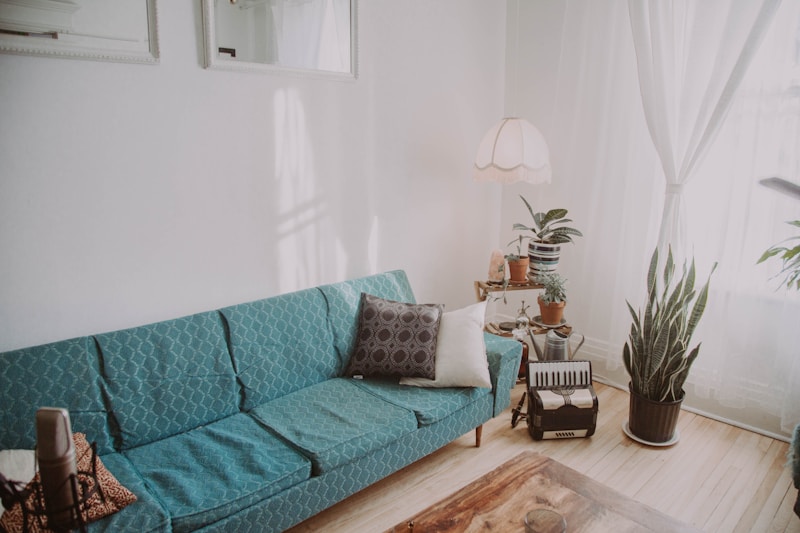Embracing Modern Twists on Vintage Designs: A Timeless Fusion
Embracing Modern Twists on Vintage Designs: A Timeless Fusion
In the world of design, the interplay between the old and the new creates a dynamic landscape that is both nostalgic and fresh. One of the most fascinating trends is the incorporation of modern twists on vintage designs. This article explores how these unique combinations can breathe new life into spaces, pieces, and styles by harmonizing the charm of the past with contemporary aesthetics.
Understanding Vintage and Modern Design
Vintage design typically refers to styles and aesthetics from previous eras, often cherished for their intricate details and craftsmanship. Modern design, on the other hand, leans towards minimalism and functionality, with clean lines and a focus on form over ornamentation. When these two worlds collide, a beautiful dichotomy emerges, resulting in compelling design elements.
The Allure of Vintage Designs
Vintage designs evoke a sense of timelessness and nostalgia. They often feature:
- Intricate Patterns: From Art Deco to Mid-Century modern, vintage fabrics and wallpapers display complexity that tells a story.
- Rich Textures: Textiles, furniture, and decor items from past eras often boast unique textures that enhance visual interest.
- Craftsmanship: Many vintage designs highlight artisan techniques, showcasing the skill and patience involved in their creation.
Modern Design Elements
Contrarily, modern design embodies simplicity and innovation. Key features include:
- Minimalism: Focus on reducing clutter and maximizing space through functional furniture.
- Neutral Color Palettes: Utilization of soothing tones allows for versatility and timeless appeal.
- Sustainable Materials: Emphasis on eco-friendly materials promotes a responsible approach to design.
| Vintage Design Features | Modern Design Features |
| Intricate Patterns | Minimalism |
| Rich Textures | Neutral Color Palettes |
| Craftsmanship | Sustainable Materials |
Modern Twists: Where Tradition Meets Innovation
Integrating modern elements with vintage designs allows for a reinterpretation that respects the past while catering to modern sensibilities. Here are some popular ideas:
1. Furniture Redesign
Old furniture pieces can be revamped through techniques like repainting, reupholstering, or refinishing. For example, a vintage Victorian chair can be given a modern touch with vibrant fabric, transforming it from a relic to a statement piece in contemporary spaces.

2. Lighting Fixtures
Combining vintage lamp designs with modern LED technology can create stunning focal points. Picture an antique chandelier fitted with energy-efficient bulbs, marrying the elegance of the past with present-day practicality.
3. Color Palette Refresh
Incorporating modern color palettes into vintage wallpaper or textiles can elevate the aesthetic. For instance, pairing a classic floral wallpaper with bold, contemporary colors can result in a striking visual contrast.
4. Mixing and Matching
Bold eclectic styles emerge when mixing vintage and modern pieces. A vintage sofa can be complemented by a modern geometric rug, or antique chairs can stand alongside a sleek, minimalist table. These pairings create harmony through contrast.
Trending Styles in Modern Twists on Vintage Designs
As the design landscape evolves, several trends are emerging that embody this blend of styles:
1. Industrial Vintage
With its roots in bygone factories and warehouses, industrial style features raw materials like exposed brick, metals, and wood. It often incorporates vintage elements such as repurposed furniture, paired with modern aesthetics for a cohesive and functional space.
2. Artisanal Retro
The artisanal approach to design focuses on handcrafted elements, emphasizing craftsmanship and tradition. Artisanal vintage items can be seamlessly integrated with modern design to create unique living spaces filled with personality and charm.
3. Retro Minimalism
This style emphasizes the essential elements of vintage design stripped down to their core functionality. It pairs modern minimalism with selective vintage pieces, highlighting both simplicity and richness in detail.
Challenges and Considerations
While embracing modern twists on vintage designs opens up immense creative possibilities, there are challenges:
- Balancing Elements: The key is to strike a balance between modern and vintage elements to avoid clashing styles.
- Preservation vs. Modification: While updating vintage designs, ensure the character isn't lost through over-modification.
- Space Considerations: Vintage pieces may be bulkier and require thoughtful placement in modern spaces.
Conclusion: Capturing Timeless Beauty
In conclusion, the integration of modern twists on vintage designs offers limitless opportunities for creativity and innovation. By carefully selecting and blending both styles, you can create spaces and pieces that resonate with both nostalgia and contemporary flair. Remember, the goal is to celebrate the beauty of vintage while enjoying the benefits of modern functionality and aesthetics. So, whether you are redesigning your home, updating your wardrobe, or simply looking for inspiration, let the charm of vintage designs infused with a modern twist guide your creative journey.
Suggestions: Always consider the flow of your space and ensure that vintage and modern elements complement rather than compete with each other. Experiment with different pairings, and above all, choose pieces that speak to you personally. The fusion of eras can be an exciting adventure in the world of design.
